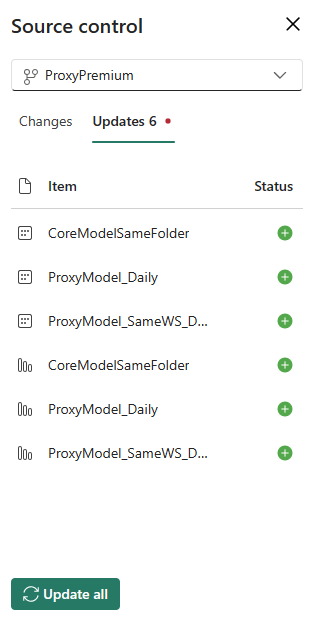What is lifecycle management in Microsoft Fabric?
Microsoft Fabric's lifecycle management tools provide a standardized system for communication and collaboration between all members of the development team throughout the life of the product. Lifecycle management facilitates an effective process for releasing products quickly by continuously delivering updated content into production and ensuring an ongoing flow of new features and bug fixes using the most efficient delivery method. There are two main components of lifecycle management in Fabric:
Git integration

With Fabric's Git integration process, incremental workspace updates can be made frequently and reliably by multiple developers. By applying Git advantages and best practices, developers can collaborate and ensure that content changes get to the workspace quickly and reliably. When ready, the delivery process can then deliver the content to deployment pipelines for testing and distribution.
Note
Some of the items for CI/CD are in preview. See the list of supported item for the Git integration and deployment pipeline features.
Delivery through deployment pipelines
Fabric's deployment pipelines automates the delivery of modified content to environments like testing and production. It allows teams to produce updates in short cycles with high speed, frequency, and reliability. Content can be released at any time with a simple, repeatable deployment process.
For the most efficient lifecycle management experience in Fabric, connect your developer workspace to Git, and deploy from there using deployment pipelines.
